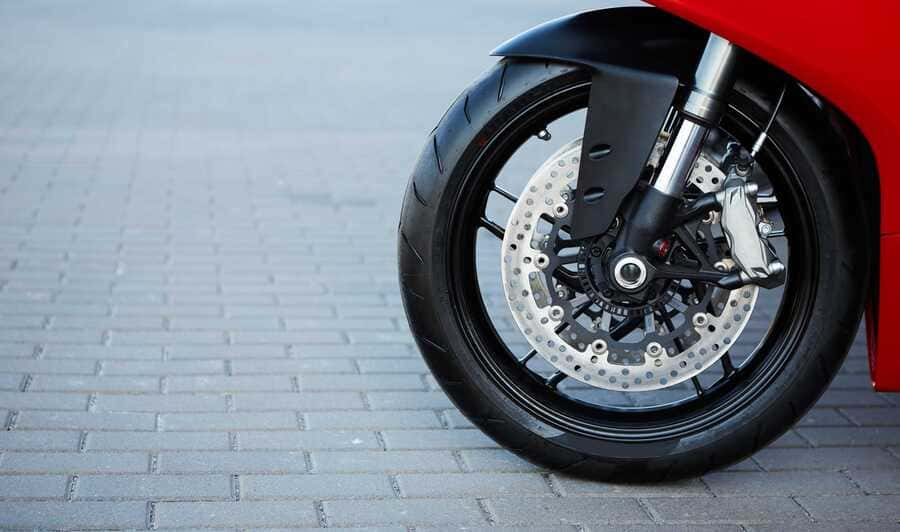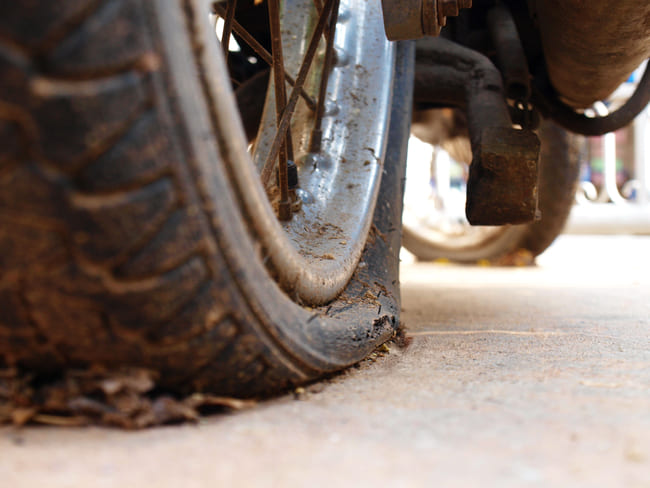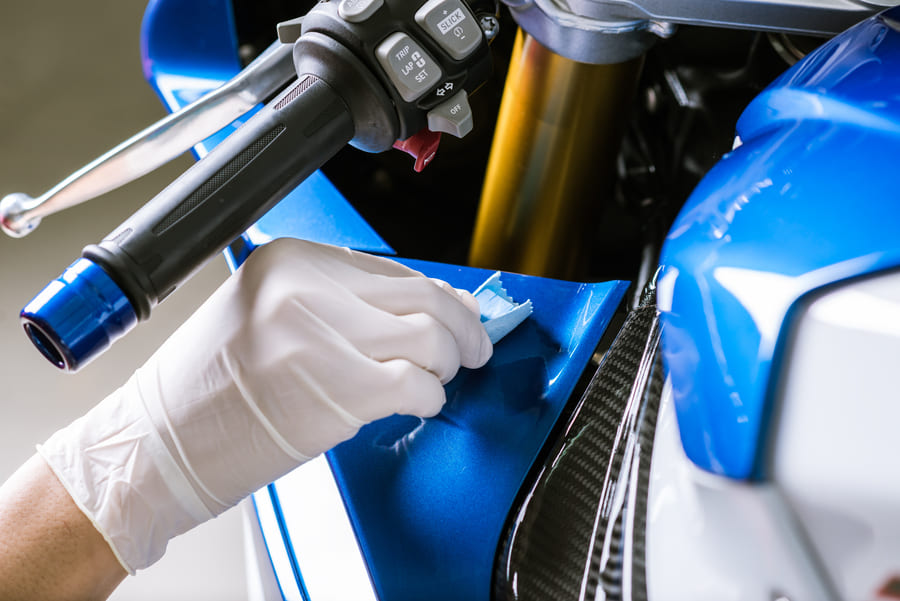
Unfortunately, nothing lasts forever. This is also the case with the tyres on your bike. They, just like those of cars, are exposed to wear and tear because they are the bike’s primary and most essential connection to the road. For your own safety and also for a high level of riding comfort, it is important that you are able to recognise worn tyres and replace them at the right time. We’ll explain everything you need to know about the durability and longevity of motorbike tyres in this article.
What is the life expectancy of motorbike tyres?
They influence both the safety and performance of your motorcycle. Therefore, the correct choice or if necessary, the replacement of the tyres is very important. The vehicle registration document provides information about which tyres are approved for use on your bike. You can find various information such as the correct width, rim diameter, and speed index in the vehicle registration. As far as durability goes, a motorbike tyre reaches its expiry date no later than five to six years after the date of manufacture. The rubber of the tyres then gets hardened. No matter the tread depth, you then have to replace them. The date of manufacture of the tyres plays a very important role in deciding when this time has come.
Factors that affect the service life and durability
The way you ride and the kind of bike you have can also affect the lifespan of your tyres. For example:How do I know that I need to change my tyres?

If you often park your bike in the sun or outside in all kinds of weather, you will most likely notice damage even sooner than after five years. The most common symptoms of an old tyre include a worn-out tread, irregular wear, obvious changes in colour, and damage in the rubber. In these cases it is important to get new ones. Stay far away from the cheap kind, as they usually do not do well in performance tests and could be a hazard for your safety.
How do I know if my tyre is irreparable?

Sometimes there is nothing you can do but get new tyres.
Here are some signs that will tell you that your tyre needs to be replaced and can no longer be repaired.Motorbike tyres need to have a proper grip on the road. This is important not only for riding enjoyment, but above all, for your safety. If your tyre tread doesn’t have enough depth, you are in danger of losing contact with the road because you don’t have enough traction. Especially when the roads are wet and slippery, a fall or accident can occur. A tread depth of 3mm is recommended for tyres. Even though the road traffic regulations state that the tread should be at least 1.6mm, most experts do not think that this is enough. You can find out the depth by placing a gauge into the groove of the middle tread area. This will show you how much tread you have.
In summary
Your tyres are a very safety-relevant feature of your bike. The rubber stiffens and gets hard after 5-6 years of regular usage, so that the tyres need to be replaced regardless of the tread depth. The grip deteriorates considerably over the years. The DOT number shows you the date of manufacture. How long your tyres last in the long run depends on many factors such as tyre quality and driving style. If you have purchased good quality tyres they should provide you an average of 8,000 to 10,000 km of riding enjoyment.









Comment